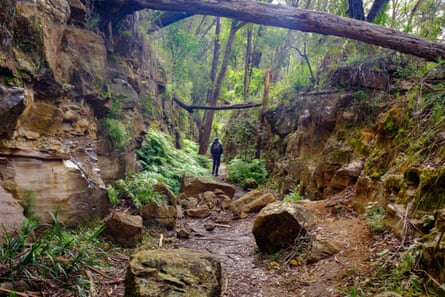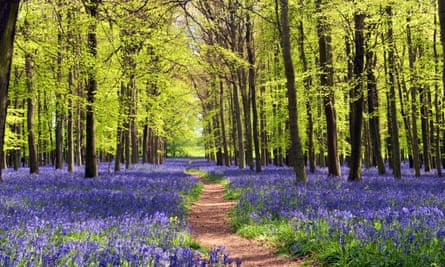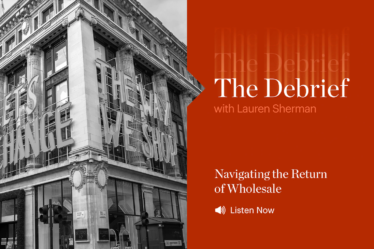
A narrow path wound up the mountain, disappearing from view as it entered the Pyrénéen oak forest. To one side sheep milled nervously, trying to decide what to do about me. On the other side a small noticeboard indicated this was the path used by partisans to guide refugees across the Pyrénées in the second world war . There was an immediate thrill of connection; I was walking in their brave footsteps. I set off up the path as the sheep scattered.
I’ve never been able to resist a path. As a child I longed to find a proper path – narrow, winding, destination hidden – but there were only broad, flat paddocks with an occasional aimless sheep-trail meandering with impenetrable sheep-logic across the landscape – no chance of hidden pathways. In those days it was a longing for adventure, the possibility that something could happen or be discovered that I didn’t already know about in this wide, open landscape, but the attraction of paths has lasted and is multistranded. What makes me – most of us – feel impelled to walk along it whenever we see a path, even a photograph of one?
It should be acknowledged at the outset, that paths are not for people who need to be first, who need to be trail-blazers. If you want to push off through the tangled undergrowth, across trackless deserts, through unmapped wilderness then perhaps paths feel limiting, too safe. Personally I am happy to wander without a clear way for a short while, but then I need a path. I don’t need to see where it is going, in fact I don’t like paths that are too obvious (can’t stand national park fire trails), but I do need to at least suspect it is going somewhere and that if I don’t give up, I will get there.
Why then are paths irresistible?
There’s the reassurance of physical safety of course. Someone has stepped here before so we know it’s stable ground, no holes to break our ankles, not too near a hidden drop. There’s also the psychological safety of knowing this must be the quickest and easiest way to get wherever because so many other people have walked it before us. I’ve walked holloways in England and Europe two metres below the surface of the surrounding fields – they have been used for millennia when walking was the only way to get anywhere – my ancestors wouldn’t have wasted their time on a roundabout way.
And surely each time we put our feet down on a path we do feel the connection to our human ancestors. Tens of thousands of years ago all over the world our ancestors followed paths – to food, to water, to find out what was over the hill – on every path someone has been there before us. It is immensely moving to think of that human sole, or boot, landing on the earth before ours, connecting us to all of human time.
A path also offers the deeply symbolic idea of there being a way in life. A clear path existing means there is a tried and true method, and particularly when the path is sign-posted discreetly – just a little red and white flash on a tree or a post – it becomes a visual demonstration of the longed for affirmation that you are indeed going the right way. You still have to use close observation – and at times deduction – but the path continues ahead of you and for a brief time in life you can be at ease that you are not lost.

A way naturally implies a destination – that there is somewhere, in fact, to get to. Even if the path is a loop and you arrive back where you began there is the idea that the end is a new beginning, that you are not the same person who left. You don’t necessarily know what the destination is – it might be a bush waterfall, or a village, a fox’s den, a saint’s tomb, a pot of gold – but you know there will be something. This imagery of a path implies a pilgrim, someone who is making a spiritual journey to a particular destination for the improvement of their soul. It creates the idea of a “true path”.
False paths peter out, don’t reach anywhere and we know it under our ribs somewhere as the path becomes vaguer, but still we feel the awful disappointment when we face the fact we had been kidding ourselves. A path I once took above Grasmere in the Lake District led to a cairn of stones from where, the guidebook said to “follow your nose”. There were indistinct pathways leading in all directions. I chose one uncertainly and followed it, but it became more and more a fuzzy concept until it stopped altogether in a sea of bracken. A path without a destination is no path at all.
after newsletter promotion
The childhood desire for discovery never left me. I still head along every new path with the sense that I might find something. At home in Australia, there are the ancient paths of the Indigenous walkers, which the early white explorers depended on to find their way in the wilderness. Without them they were lost. In Europe the paths of trade and exchange and pilgrimage are worn down by millennia in each case making connections, but all along the way, if you keep your eyes open, you might find something – a side branch to a creek, a ruined church, a circle of stones.
Perhaps most of all, a path implies all the elements of a narrative – a beginning, complications, an ending – all linked to a thread which leads through many landscapes but keeps focused on a direction and a destination. A path, and a narrative, may wander, but we have confidence that the path-maker knows where they are going – there’s a boulder we need to go around or a vast river to cross – before we get to the destination.
Perhaps paths and narratives are infinitely appealing precisely because they don’t include all of everything – except if it’s a narrative by Proust or Joyce. We cannot go everywhere, be everywhere, says a path – but we can traverse space and time in a fairly narrow corridor and examine close up what is around us. And that is the irresistible pleasure of a path, it lets us know right down in our central being that it’s OK, even necessary, to limit infinity to what can be seen from the path.
-
Patti Miller is the author of True Friends, published by UQP



